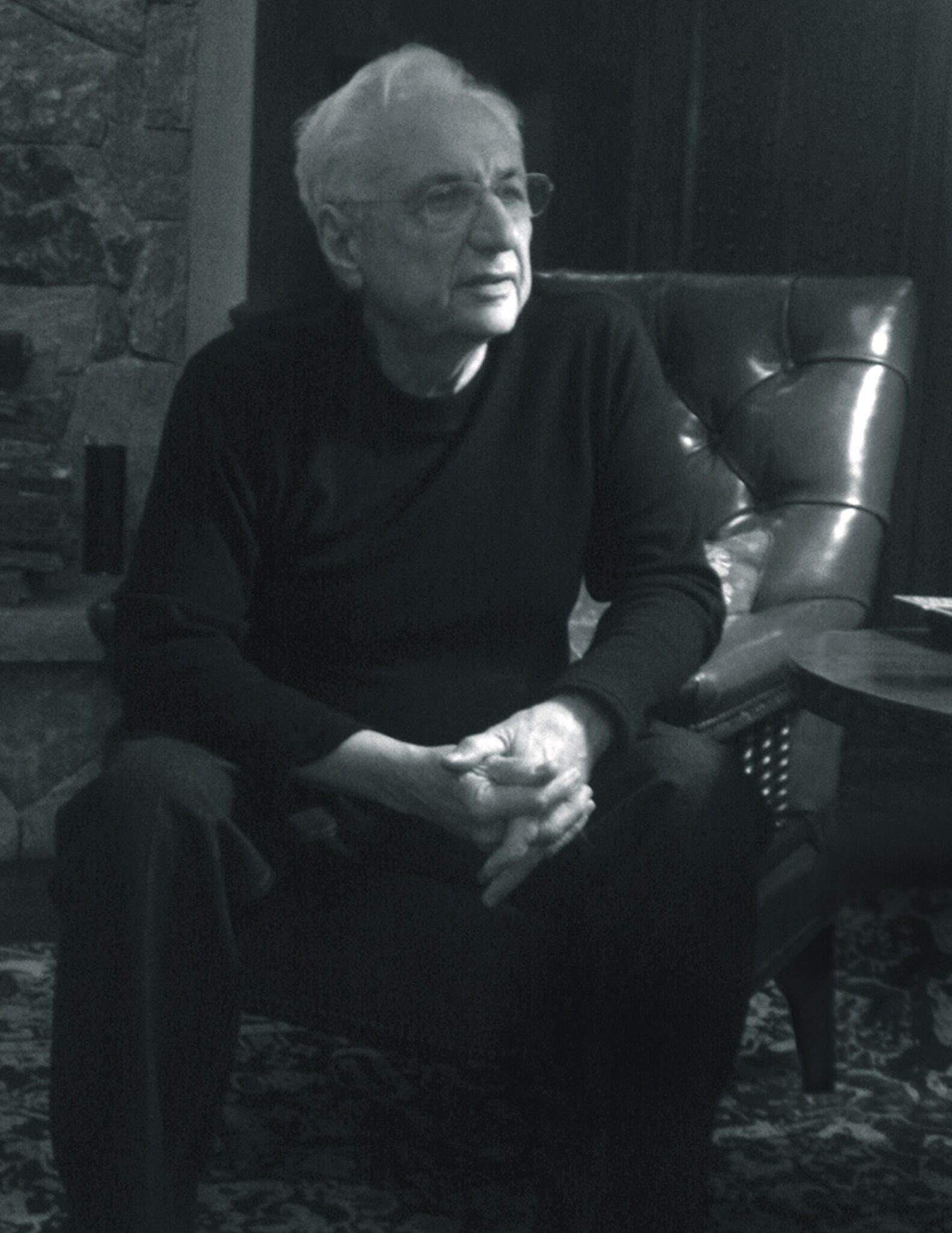Frank Gehry

Frank gehry
arts
CALIFORNIA CONNECTION: Has primarily resided in Los Angeles since 1947
One of the world’s greatest architects, Frank Gehry has revolutionized the field over six decades with his uniquely styled buildings across the U.S., Europe, and Asia. His iconic structures, including the Guggenheim Bilbao, Berlin’s DZ Bank Building, and L.A.’s Walt Disney Concert Hall, have become popular landmarks.
Biography current as of induction in 2006
Raised in Toronto, Canada, Frank Gehry moved with his family to Los Angeles in 1947. Mr. Gehry received his Bachelor of Architecture degree from the University of Southern California in 1954, and he studied City Planning at the Harvard University Graduate School of Design. Mr. Gehry has built an architectural career that has spanned four decades and produced public and private buildings in America, Europe, and Asia. In an article published in The New York Times in November, 1989, noted architecture critic Paul Goldberger wrote that Mr. Gehry’s “buildings are powerful essays in primal geometric form and… materials, and from an aesthetic standpoint they are among the most profound and brilliant works of architecture of our time.”
His work has earned Mr. Gehry several of the most significant awards in the architectural field. In 1977, Mr. Gehry was named recipient of the Arnold W. Brunner Memorial Prize in Architecture from the American Academy of Arts and Letters. In 1989, he was awarded the Pritzker Architecture Prize, perhaps the premiere accolade of the field, honoring “significant contributions to humanity and the built environment through the art of architecture.” In 1992, he received the Wolf Prize in Art from the Wolf Foundation. In the same year, he was named the recipient of the Praemium Imperiale Award by the Japan Art Association to “honor outstanding contributions to the development, popularization, and progress of the arts.”
In 1994, he became the first recipient of the Dorothy and Lillian Gish Award for lifetime contribution to the arts. In 1998, Mr. Gehry received the National Medal of Arts, and he became the first recipient of the Friedrich Kiesler Prize. In 1999, Mr. Gehry received the Lotos Medal of Merit from the Lotos Club, and he received the Gold Medal from the American Institute of Architects. In 2000, Mr. Gehry received the Gold Medal from the Royal Institute of British Architects, and he received the Lifetime Achievement Award from Americans for the Arts.
In 2002, Mr. Gehry received the Gold Medal for Architecture from the American Academy of Arts and Letters. Mr. Gehry was named a Fellow of the American Academy of Arts and Letters in 1987, a trustee of the American Academy in Rome in 1989, and a Fellow of the American Academy of Arts and Sciences in 1991. In 1994, he was bestowed with the title of Academician by the National Academy of Design. In 1998, he was named an Honorary Academician by the Royal Academy of Arts. In 2003, Mr. Gehry was inducted into the European Academy of Sciences and Arts and he was designated as a Companion to the Order of Canada.
Mr. Gehry is a Founding Trustee and Vice President of the Hereditary Disease Foundation. Mr. Gehry has received honorary doctoral degrees from Occidental College, Whittier College, the California College of Arts and Crafts, the Technical University of Nova Scotia, the Rhode Island School of Design, the California Institute of Arts, the Southern California Institute of Architecture, the Otis Art Institute at the Parsons School of Design, the University of Toronto, the University of Southern California, Yale University, Harvard University, and the University of Edinburgh. In 1982, 1985, and 1987-89, Mr. Gehry held the Charlotte Davenport Professorship in Architecture at Yale University, where he continues to teach today. In 1984, he held the Eliot Noyes Chair at Harvard University. In 1996-97, he was a visiting scholar at the Federal Institute of Technology in Zürich, Switzerland. Mr. Gehry was elected to the College of Fellows of the American Institute of Architects (A.I.A.) in 1974, and his buildings have received over 100 national and regional A.I.A. awards.
Mr. Gehry’s work has been published widely and his architectural drawings and models have been exhibited in major museums throughout the world. Recent and current projects include: the Guggenheim Museum Bilbao in Bilbao, Spain; the DZ Bank Building, a mixed-use building adjacent to the Brandenburg Gate in Berlin, Germany; Der Neue Zollhof, an office complex in Düsseldorf, Germany; the Experience Music Project in Seattle, Washington; the Bard College Performing Arts Center in Annandale-on-Hudson, New York; the Peter B. Lewis Campus of the Weatherhead School of Management at Case Western Reserve University in Cleveland, Ohio; the Jay Pritzker Pavilion and BP Bridge in Millennium Park in Chicago, Illinois; Maggie’s Centre, a cancer patient care center in Dundee, Scotland; the Frederick R. Weisman Art Museum at the University of Minnesota in Minneapolis, Minnesota; the University of Toledo Center for the Visual Arts in Toledo, Ohio; and the Walt Disney Concert Hall in Los Angeles, California.
Induction Video
Frank Gehry was inducted into the California Hall of Fame by Governor Arnold Schwarzenegger and First Lady Maria Shriver in a ceremony at the California Museum on December 6, 2006. Introduction by Ross Hanna, grandson of Jon Muir.
